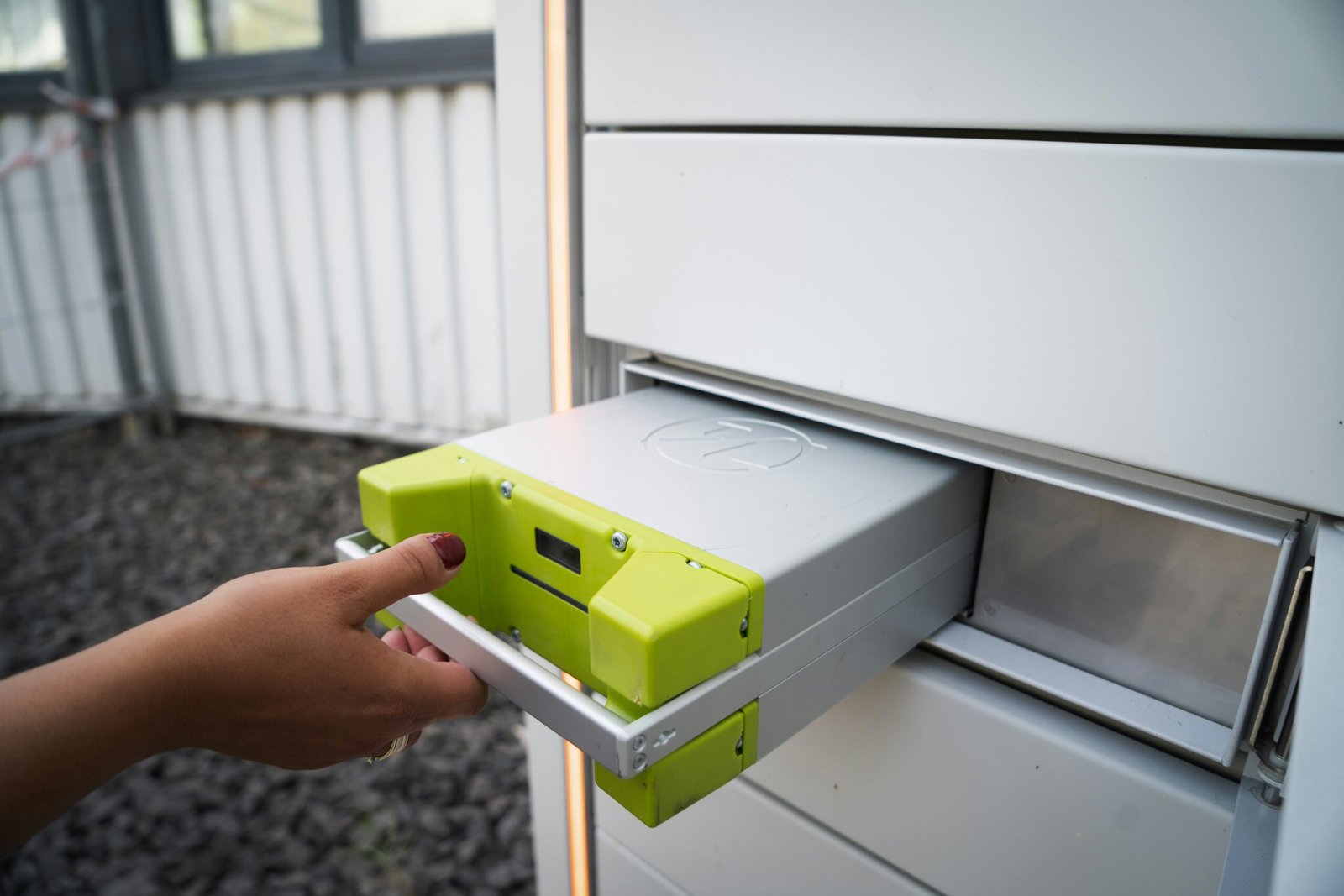Troubleshooting Guide: Why Your Device Isn’t Charging Properly

Common Causes of Charging Issues
Understanding why your device isn’t charging properly can be frustrating, but identifying the root cause is the first step toward resolving the issue. Several factors can contribute to charging problems, both hardware-related and software-related. Let’s explore these in detail.
Hardware-Related Issues
One of the most common hardware-related issues is a damaged charging port. Over time, the port may accumulate dust and debris, causing poor contact between the charger and the device. Signs of a damaged port include the need to wiggle the charging cable to establish a connection or the device charging intermittently. Using a can of compressed air to clean out the port can sometimes resolve this issue.
Another frequent culprit is a faulty charger. Chargers can wear out or become damaged, leading to inconsistent or no charging. If your device charges with a different charger, this is a strong indication that the original charger is faulty. It’s always a good idea to use manufacturer-approved chargers to ensure compatibility and safety.
Degraded batteries are also a significant cause of charging problems. Batteries can lose their capacity to hold a charge over time, especially if they have undergone numerous charge cycles. Symptoms of a degraded battery include rapid battery drain and the device not holding a charge for long periods. In such cases, battery replacement might be necessary.
Software-Related Issues
Outdated firmware can also lead to charging issues. Firmware updates often include improvements and bug fixes that can enhance the charging efficiency of your device. If your device is not charging correctly, checking for and installing any available updates might solve the problem.
Conflicting apps can interfere with your device’s ability to charge. Some apps running in the background can consume significant power, negating the charging process. Monitoring your device’s battery usage and closing unnecessary apps can help mitigate this issue.
Lastly, corrupted system files can disrupt normal charging operations. This can occur due to software bugs or improper system updates. Performing a system reset or restoring the device to factory settings can often resolve these issues, though it’s important to back up your data beforehand.
By understanding these common causes, you can more effectively diagnose and address the charging issues affecting your device.
Effective Solutions to Fix Charging Problems
Charging problems can be frustrating, but there are several practical solutions to resolve these issues. Start with the basics: check the charging cable and adapter. Ensure they are not damaged and are compatible with your device. Sometimes, using an incompatible charger can cause charging inefficiencies. If possible, test with a different cable and adapter to rule out hardware issues.
Next, clean the charging port. Dust, lint, or debris can accumulate and interfere with the connection. Use a small brush or a can of compressed air to gently clean the port. Be cautious to avoid damaging the internal components.
Performing software updates can also resolve charging problems. Manufacturers often release updates to fix bugs and improve device performance. Check your device’s settings for any available updates and install them. A software update can sometimes rectify charging issues caused by software glitches.
For advanced solutions, consider recalibrating the battery. This involves fully discharging the battery until the device turns off, then charging it uninterrupted to 100%. This process can help the battery’s internal software better estimate its charge level, potentially improving performance. However, this should not be done frequently as it can reduce the battery’s lifespan.
Using diagnostic tools can be another effective method. Many devices have built-in diagnostic tools or apps that can identify battery health, charging speed, and other relevant metrics. These tools can provide insights into whether the issue is hardware or software-related.
If all else fails, performing a factory reset might be necessary. This step should be a last resort as it will erase all data on the device. Ensure you back up important information before proceeding. A factory reset can eliminate software-related problems that might be affecting the charging capabilities.
Preventative measures can help avoid future charging issues. Regularly inspect your charging accessories for damage, keep the charging port clean, and avoid overcharging your device. Additionally, using original or certified accessories can prevent potential charging inconsistencies.



